The Nigerian Naira experienced a significant depreciation in the parallel market, falling to N1,250 per dollar from N1,140 per dollar on Thursday. This depreciation reflects the growing challenges faced by the country's currency.
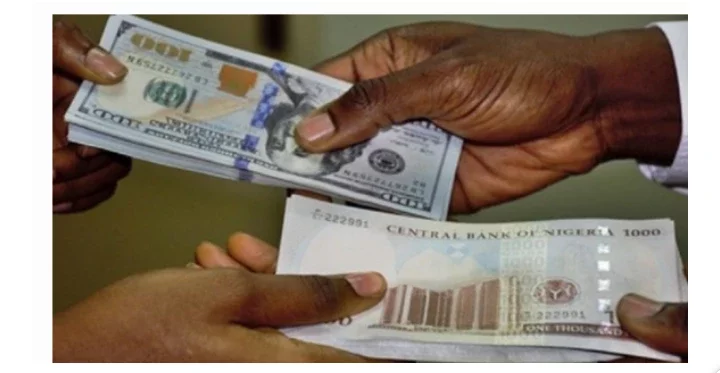
As reported by Newsmen, in addition to the parallel market, the Naira also depreciated in the Nigerian Foreign Exchange Market (NAFEM), reaching N1,234.49 per dollar.
Data obtained from FMDQ revealed that the indicative exchange rate for NAFEM increased from N1,169.99 per dollar the previous week, indicating a depreciation of N64.5 for the Naira.
As a result, the margin between the parallel market and NAFEM rates narrowed to N15.51 per dollar from N29.99 per dollar over the weekend. This convergence highlights the impact of the depreciation on the overall economy.
The depreciation of the Naira is a cause for concern as it has far-reaching implications for the country's economy.
A weaker currency can lead to increased inflationary pressures, higher import costs, and reduced purchasing power for individuals and businesses.
According to report, Several factors contribute to the depreciation of the Naira. These include declining foreign exchange reserves, low oil prices, reduced foreign direct investment, and economic uncertainties. The COVID-19 pandemic has also played a significant role in exacerbating these challenges.
The Central Bank of Nigeria (CBN) has implemented various measures in an attempt to stabilize the Naira and manage the foreign exchange market.
These measures include restrictions on access to foreign exchange for certain types of transactions, interventions in the foreign exchange market, and efforts to boost local production and reduce reliance on imports.
However, despite these interventions, the depreciation of the Naira persists. Experts argue that a more comprehensive and sustainable approach is needed to address the underlying issues affecting the country's currency.


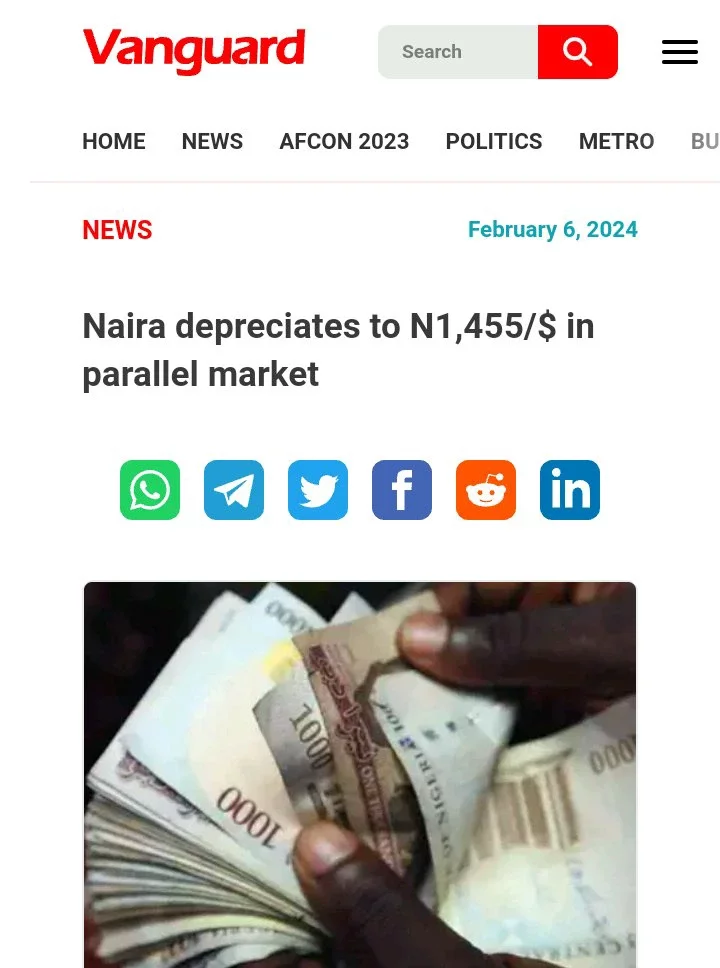
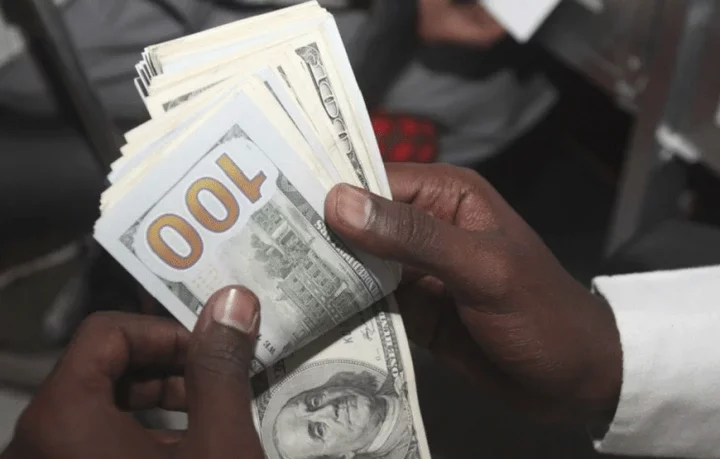
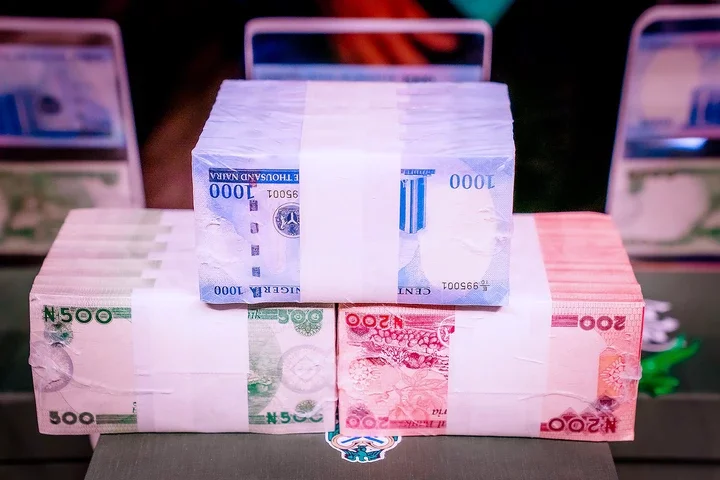
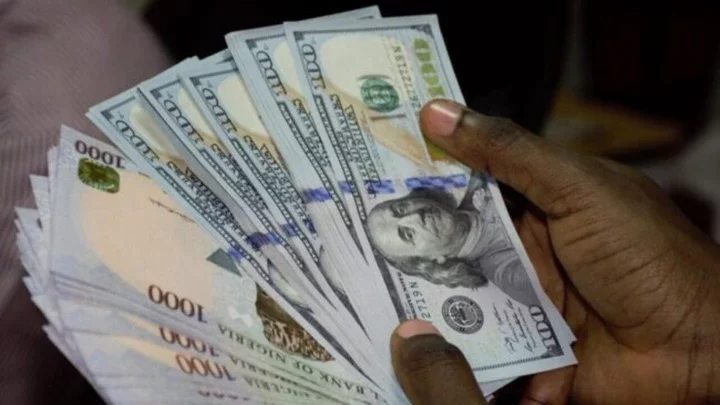


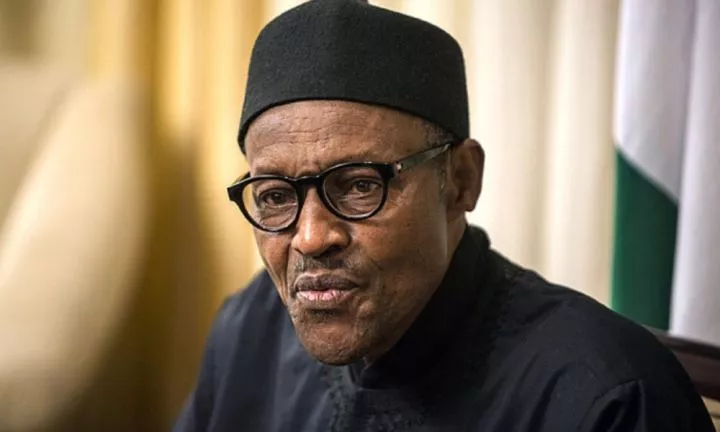







Comments